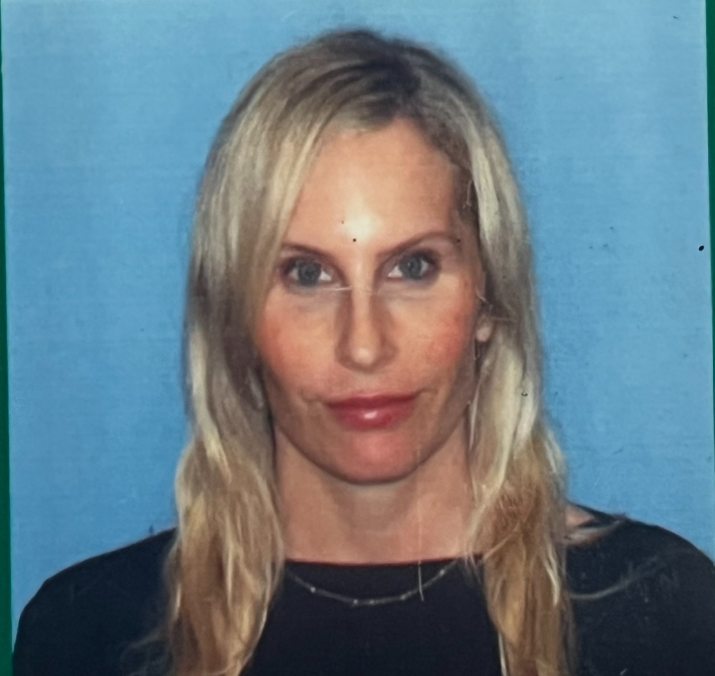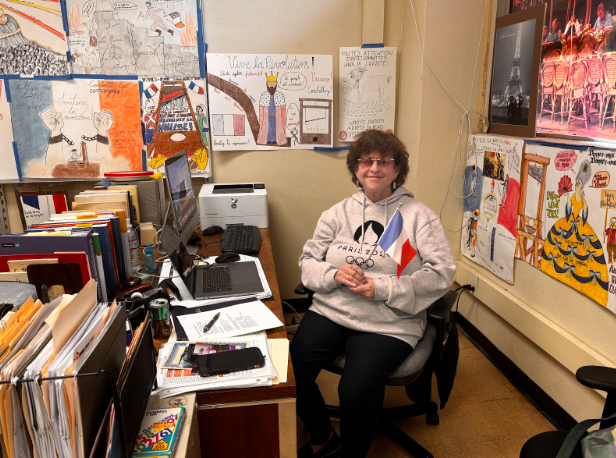Through collaboration teachers, administrators hope to minimize discrepancies between classes
Find the opinion article regarding the issue here.
Brian Harward staff writer
AJ Wolken staff writer
Students don’t always know what they are getting in a teacher. Different teachers come with their own teaching techniques, assignments and assessments. Administration hopes to address this issue by making classes consistent regardless of which teacher a student is assigned and encouraging and enhancing staff collaboration within departments.
Currently some departments collaborate more than others do, and it is clearly reflected in the differences in workload and coursework between a subject that is taught by more than one teacher.
“I have had a number of teacher changes in my high school career and I have definitely experienced differences in work loads and rigor. Whether it is an AP class or Algebra 1/2, the teaching style can be vastly different,” one anonymous student said. “Teachers just need to be more aggressive in collaborating with one another.”
Teachers, however, feel that their own personal styles lead to differences seen in coursework and class time. History teacher Dan Moroaica believes that although they teach the same material, he and fellow AP Government teacher Catherine Pincu teach very differently because of these different strengths.
“I don’t think there are differences in how we teach the class…having said that, however, I think the classes are a little bit different because of our focus, meaning that I know a lot about U.S. History because that’s what I majored in and what I teach, so I know the history part of AP Gov well. Ms. Pincu, however, went to law school, so she knows the law component way more,” Moroaica said.
When it comes to assigning additional work for students, Pincu does what she feels is necessary to thoroughl y prepare her students for upcoming assessments.
y prepare her students for upcoming assessments.
“If [all AP Government students] are taking the same tests, it’s just dependent on how we decide to get you ready for the test. If I find that my students aren’t ready, then I start assigning them specific work to make sure that they are,” Pincu said.
The implementation of uniform department tests is something that administration has focused on to minimize discrepancies. House B Assistant Principal and former Spanish teacher Chris Regan hopes to implement these consistent assessments across all classes of the same course, which will in turn help teachers interpret the level of success for different teaching methods.
“The direction that we’re moving is that every class has standard exams. So in Spanish 1/2 and 3/4, we give the exact same exams, so then we can compare teaching that works and doesn’t. But every department isn’t there,” Regan said.
Although he understands the concern, Moroaica believes that there’s not much administration can do to address the issue besides keeping common assessments within a course.
“I’m sure some administrators might want to step in to help discrepancies, but it is hard to do. Outside of making testing uniform, there isn’t much they can do because each teacher has different qualities and strengths and weaknesses, so that lends itself to different teaching methods,” Moroaica said.
Math teacher Edna Broukhim sees enhanced teacher collaboration as a potential solution to the differences in coursework between classes.
“I think every department needs to talk about what should be the standardized amount of homework a student has or how hard a test should be. If it’s an AP class, all AP classes should be about the same level,” Broukhim said. “From what I hear, some departments or teachers don’t have that, and the best way to do it would be if a department chair could have a period off and go over the plans with teachers.”
Although there are staff collaboration days every other Thursday, Broukhim has been disappointed by the amount of collaboration that she has seen during these meetings.
“There are more collaboration days but we really don’t have as much time to collaborate as we should. We are given other tasks to do during that time, so we end up getting less than a half hour of collaboration time because administration dictates to us what we should be doing,” Broukhim said.
Fellow math teacher Elaina Reilly saw improvements from increased teacher collaboration this year, but doesn’t see more collaboration as a realistic solution to this issue as it could cause scheduling problems.
“We actually doubled our collaboration this year compared to last year and I think that’s really good. I would be weary of adding more because the number of early release days in the schedule affects another big issue for the students which is days of tests, because most teachers don’t give assessments on early release days,” Reilly said. “So if we were to increase [early dismissal schedule] to more than twice a month I think there would be an issue with the schedule. But I would say that it has been helpful this year to have more collaboration.”
Dustin Seemann, the assistant superintendent of educational services, hopes to increase allotted time for teachers to work together, in the same way that he did at his last position at a six high school district in Chicago.
“In our current schedule, our teachers are back-to-back teaching, whereas at my last school we had eight periods so teachers had time for collaboration periods and planning periods. So during that time, I as an administrator would hop around to look at curriculum and assign tasks and process data. In addition, the other things we did was we had late start Thursdays where teachers could collaborate as a department or go to other programs,” Seemann said.
This situation of seemingly “harder” and “easier” teachers has led many students to attempt to switch to teachers whose class is deemed “easier.”
“I think almost every student has tried to switch classes to an easier teacher,” senior Sean Mehrara said. “I just don’t think it’s fair for someone to be taking the same class as someone else but spend so much more time with the class.”
This is a sentiment held by nearly 55 percent of those who answered our survey. However, Regan doesn’t think that the students should be able to pick and choose their teachers.
“Students try to change their schedule all the time to get an ‘easier’ teacher. Typically the answer is no, but the first step is discussing with the teacher, then counselor, then administration. But you don’t get to teacher shop; everyone gets their teacher and their class,” Regan said.
Seemann sees these course discrepancy issues stretching all the way back to the middle schools, where teachers are also not given apt time to collaborate and adjust curriculum to what will fit students best.
“This disparity is also happening at the middle school; teachers can’t collaborate with other teachers of other schools,” Seemann said. “Right now I’m making a lot of suggestions to the Future Focus Schools Group about making the middle school and high school bell schedules have room for serious collaboration.”
These reforms could not come soon enough for the student population, many of whom feel that this is a problem that has gotten out of hand, and has been left unaddressed.
“I have noticed immense differences between teachers in the same department as well as teachers teaching the same class,” an anonymous student said. “This is extremely unfair due to the fact that students receive grades that don’t reflect their work habits, intelligence or effort.”
Categories:
NEWS- The unspoken problem: discrepancies throughout the curriculum
December 15, 2017
0
Donate to Highlights
$125
$1000
Contributed
Our Goal
Your donation will support the student journalists of Beverly Hills High School. Your contribution will allow us to purchase equipment and cover our annual website hosting costs.
More to Discover






























